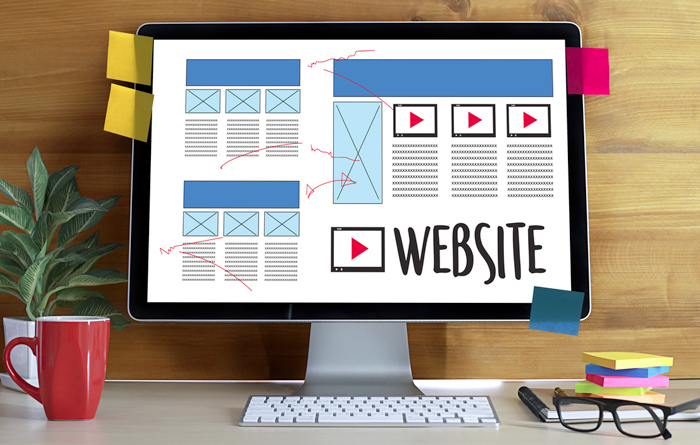
Is your website informative, relevant, and fully-functional? If not, it may be time for a redesign.
Regularly reassessing your website’s performance and appearance is crucial to staying relevant and meeting the evolving needs of your audience.
Google Doesn’t Like You
Remember that Google’s algorithms are continually evolving, and staying informed about the latest SEO best practices is important for maintaining and improving your website’s search engine rankings.
Google places a high value on natural, user-friendly content. Keyword stuffing, which involves excessively repeating keywords in an attempt to manipulate search engine rankings, is strongly discouraged. It not only makes content less readable for users but also goes against Google’s guidelines. Instead, focus on creating high-quality, informative content that naturally incorporates relevant keywords. Use keywords in a way that enhances the overall user experience rather than detracting from it.
Google considers backlinks as a measure of a website’s authority and credibility. Focus on building high-quality, natural backlinks through genuine outreach, content marketing, and partnerships. Quality matters more than quantity when it comes to backlinks, and a natural link profile is crucial for SEO success.
Your Customers Don’t Like You
If users find it challenging to navigate your website or locate the information they need, it’s a clear sign of poor user experience. Streamlining navigation and improving the overall user journey should be a priority. Slow-loading pages can lead to high bounce rates. Users expect a fast and efficient browsing experience. Use tools to assess and improve page loading times.
Can customers easily find what they need or are you using too much industry jargon? Pages should have relevant keywords and page titles with easy to read content.
Website visitors will immediately leave and move on to your competition if they can’t easily find what they need.
